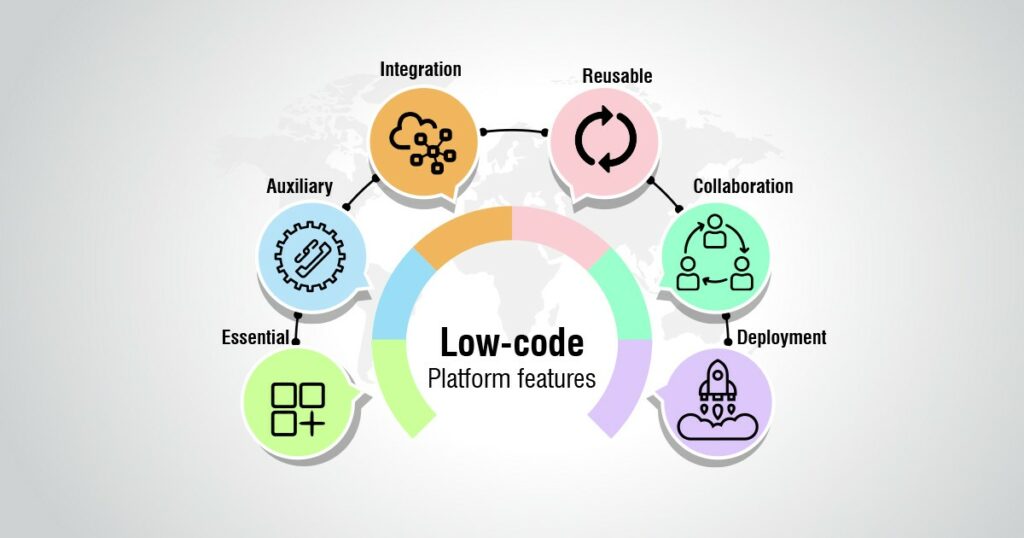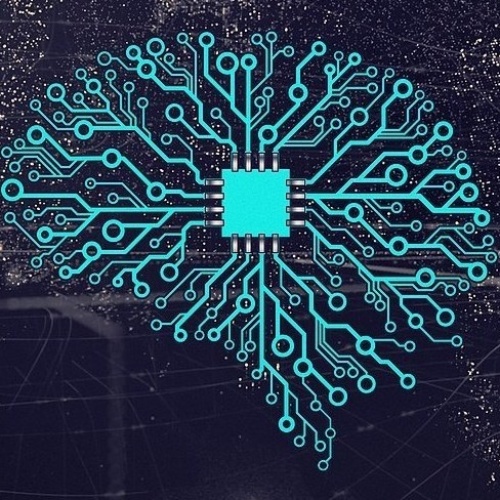
Artificial Intelligence seems to be an intriguing idea forcing businesses to shift to AI solutions because of their efficacy. But interestingly, nearly 40% of businesses still believe that AI is not a workable option for them simply because it’s too expensive.
It’s understandable too. Developing AI algorithms can be expensive for two major reasons. Firstly, high-end AI applications for machine learning involve intense data training, which is generally done through high-performance GPUs. Not that you cannot train algorithms on regular systems, but GPUs tend to do the job much faster.
Secondly, traditional programming methods require you to build complex algorithms. Again, it’s something that is impossible to achieve without expertise in coding in languages like Python or C++.
This is where low-code development can be a game-changer. While low-code is still a relatively new technology, it is estimated that low code will take over 65% of app development in the next two years.
But does that mean low-code will replace AI languages such as Python?
What is Low-Code?
Low-Code is a simplified technology to help businesses create applications in a quick time. While traditional app development uses high-level programming languages where you must write lengthy codes, low-code is the perfect alternative. It lets users create apps through drag and drop interfaces, code-free, and visual cues.
This allows non-technical people to develop apps through GUIs. As a result, nearly 60% of custom applications are now being built outside the IT departments.
The Challenge for High-Level Languages Like Python
Intuitively, one might wonder if it’s the end of the road for high-level programming languages. But, especially for AI-friendly languages like Python, does low-code development pose any threat?
While low-code development seems to be the easier and more user-friendly option, it’s still not there to rule out high-level languages. So, a low-code language may help you design a custom app, but it doesn’t guarantee the integration of more advanced core operations.
Low-Code and Python Can Go Hand in Hand
Low-code can be sufficient for non-technical people to develop and provide solutions when it comes to low-scale applications. But when you talk about adding complex algorithms to an application, it’s hard to overlook the value of a language like Python.
In such cases, businesses can use the combination of these two tools in the following ways:
- Mix and Match Python with Low-Code Developed Apps
For an application primarily developed in low-code, businesses can add more functionalities and advanced features through specialized functions developed in Python. This is particularly helpful with AI-based functions. Since Python is an AI-friendly language, combining low-code and Python can do wonders for businesses.
- Democratizing App Development
Programmers have a hard time addressing complex problems in coding and app development. This is where low-code can make things highly convenient for the software development teams. So, when programmers focus on critical problem solving, non-technical employees can work on developing the basic functionalities of the application, saving time and effort for the IT teams.
The democratization of app development seems to be the future of IT companies, where non-technical teams will be involved in app development to reduce the overall development time by nearly 90%.
Conclusion
From the outset, low-code development may seem superior to other programming methods. While it may be true in some cases, high-level programming with Python is quite flexible and provides the means to address algorithms’ core issues. On the other hand, it’s difficult to achieve with low code. Primarily, low-code was introduced to streamline development and make small programming jobs easier to achieve. Therefore, as for now, low-code cannot just replace Python for AI.




